Boxwood moth control
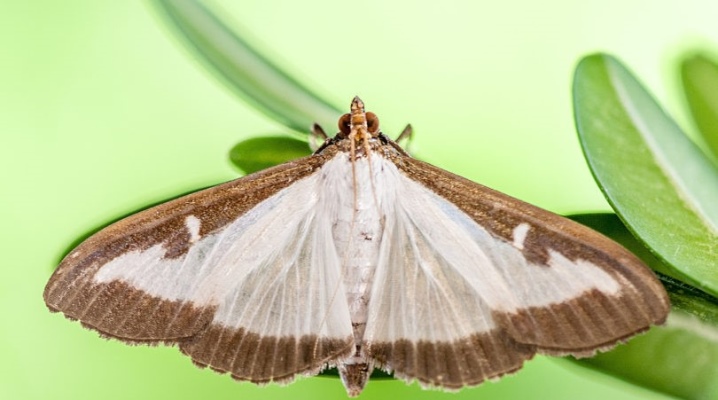
The boxwood moth (Cydalima perspectalis) is a harmful insect, a representative of the herbal moth family. Her homeland is the subtropical regions of East Asia. On the territory of Russia, the caterpillars of this butterfly have almost completely eaten boxwood forests. Their appearance on the site is fraught with big problems.
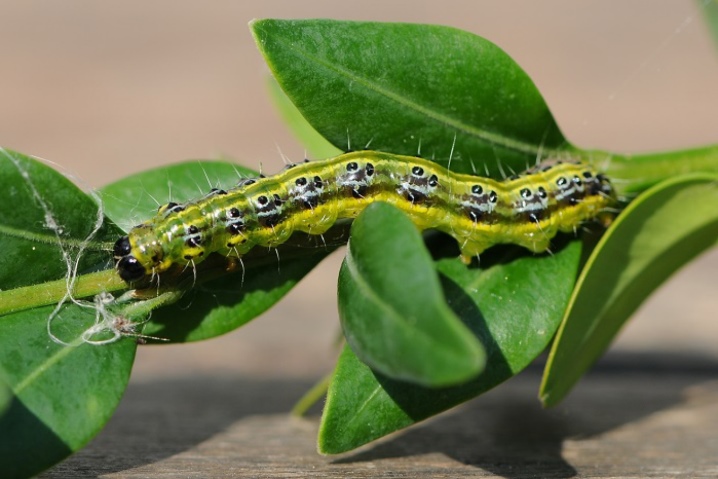
What is it and what does it look like?
In 2012, the pest entered Russia from China. The favorable environment of the Stavropol Territory and the absence of parasites allowed the butterfly to reproduce comfortably. The female lays eggs on the underside of the leaves of the buxus (the second name for boxwood). Here the masonry is safe from sunlight and precipitation. The egg-laying consists of 10-25 eggs, which are a transparent viscous mass. Caterpillars up to 2 mm long emerged from eggs have a greenish-yellow color and a black head. Caterpillars develop within four weeks. During this period, they are actively feeding.
Towards the end of development, caterpillars change their color to dark green with white stripes on the sides. They grow up to 40 mm, then pupation takes place. The moth pupae are 2-3 cm long. The pupa hidden in the cocoon is not easy to find. The last generation of moths of the year can easily survive the winter. A butterfly appears 10-15 days after pupation. The butterfly's wings are large, with a span of up to 4.5 cm. The color is light brown, with a dark border along the edge.
In a year, a moth can go through 3 cycles, and under especially favorable conditions, all 4.
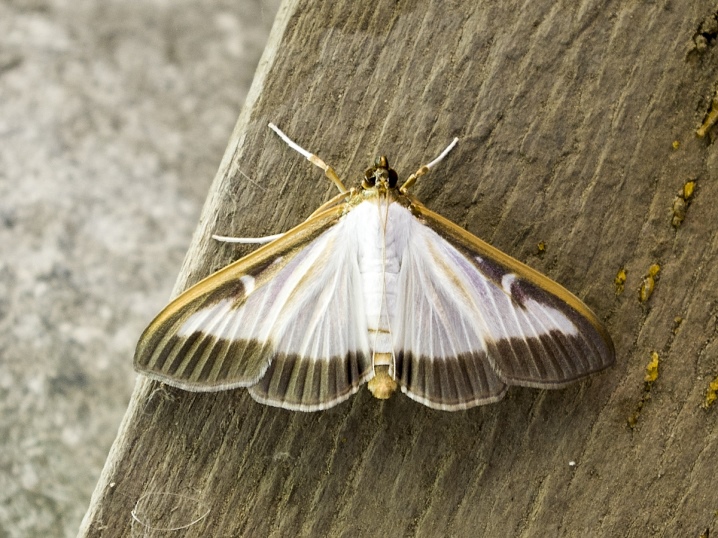
Belonging to an oligophagic species affects taste preferences. The main diet for the moth is boxwood leaves. This became the reason for the almost complete disappearance of the evergreen relict groves of the buxus in the Caucasus. The fireworm is an incredibly gluttonous insect. The speed at which the leaves are eaten is truly fantastic. In just 4 hours, an adult caterpillar eats a medium-sized leaf. Twenty individuals cope with a three-liter jar of tightly packed boxwood leaves for 2 hours.
The bark of trees also suffers from the exorbitant appetites of the pest. Having finished with the foliage, the caterpillars move to the bark of the bush and gnaw out huge pieces. Thus, additional damage to the plant is caused, which inevitably leads to its death. When the main food is eaten, the moth will not disdain other plants. Cherry laurel, ash, maple, Japanese medlar and Colchis larch will suffer from it.
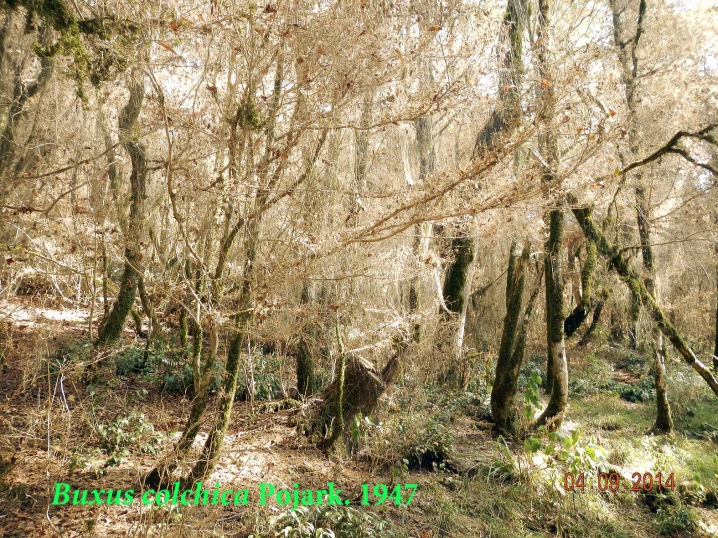
Signs of appearance
The following symptoms indicate the presence of a boxwood moth on plant crops.
- A thin layer of white cobweb covers the surface of leaves and stems, caterpillar excrement is clearly visible.
- Dark green caterpillars are found throughout the plant. There are especially many of them inside the bush, on the back of the leaves.
- Under the boxwood there is an abundant amount of stubs, half-eaten leaves, insect feces with an unpleasant, pungent odor.
- A sharp deterioration in the condition of the plant is observed: drying out, loss of leaves.
- Boxwood lesions begin at the bottom of the shrub. As a result of feeding the pest from the leaves, one skeleton remains. All the pulp is used as food.
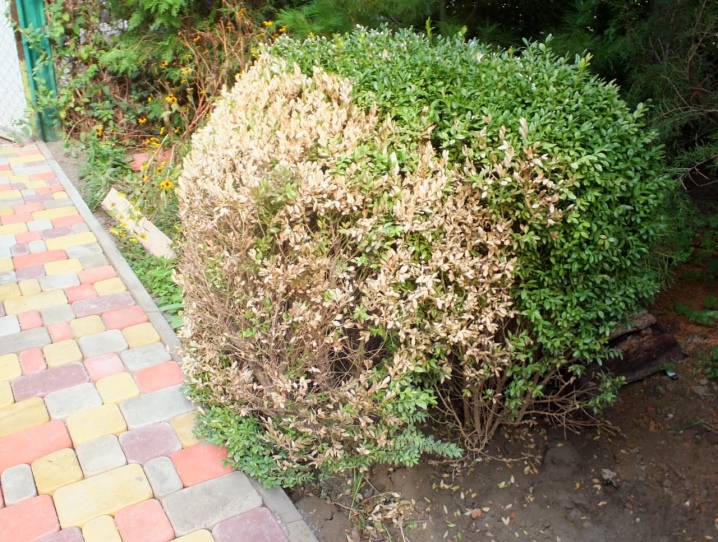
Control methods
In native forests, the firefighter population is naturally controlled. The Asian hornet eats small caterpillars with pleasure. However, in other regions, the butterfly feels safe and reproduces safely. Since the local insects and animals are not particularly familiar with this species, they do not eat the moth.Only bats have paid attention to butterflies, but there are too few of them to completely get rid of the parasite. The fight against the harmful butterfly is also difficult because in the list of agrochemicals and insecticides approved for use, there is not a single drug that can cause serious harm to the moth.
A huge role in the fight against parasites is played by their timely detection. Therefore, all boxwood breeders from early spring carefully inspect the plantings.
There are many ways to deal with a pest. For example, manually scrubbing plants.

Collect egg-laying caterpillars, then incinerate. It is necessary to regularly carefully inspect the plantings and remove all visible parasites. Particular attention should be paid to the inside of the leaf, where the eggs and only the larvae that have emerged from them are located. Adults don't hide like that anymore.
Capital pruning of plants also helps. It is necessary to remove damaged branches. Such folk methods are effective on small plantings. When cleaning massive areas, for example, forests, chemical treatment is used. Correctly adjusting the feeding of the plant itself will also help in the pest reduction process. During the period of struggle, nitrogen-containing fertilizers are excluded, root top dressing is done with potassium sulfate and two-fold top dressing with "Master 15.5.30" or "Master 20.20.20".
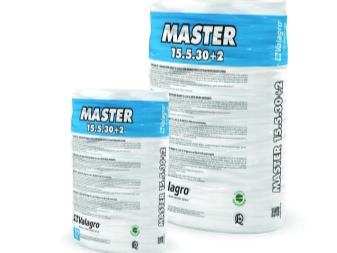

The biological method of control involves the treatment of plants with preparations containing the bacteria Bacillus thuringiensis. These funds include "Lepidocide". Unfortunately, the effect is only on young caterpillars, which die after eating poisoned leaves. It is safer to poison adults with contact drugs.
Such drugs as "Actellik" or "Decis Profi" effectively fight fire. Combining them with Confidor Maxi and Aktara enhances the effect of the product. Foliage must be treated with these preparations. It should be remembered that the life cycle of an insect is 40 days, while the effect of chemicals fades away after 20 days. Therefore, for a greater effect, the affected buxus is processed at least 2 times.
When processing foliage, it is desirable to use an adhesive for a more reliable distribution of the composition over the crop.
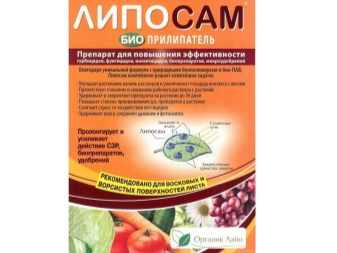
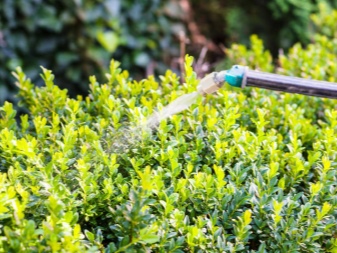
When watering the root system of the bush with "Aktara", it is necessary to soak the root zone by 30-40 cm. This is enough for the entire development cycle of the pest. When treating plant culture with contact and systemic preparations, especially Actellicom, it is necessary to take into account the temperature conditions to reduce the risk of phytotoxicity and negative impact on humans. If the thermometer has risen above 26-30 degrees, it is advisable to use other means. Chemicals such as "Fury", "Decis", "Karbofos" are used only away from living quarters. Their use is prohibited on the territory of the sanitary-resort areas. But the innovative drug "Dimilin" copes well with small caterpillars and is completely non-toxic to humans.
In the fight against fire, not only chemical methods of extermination are used. The eulophyte beetle was brought from China, which uses caterpillars as incubators for its own egg-laying. As a result, the caterpillar dies. Also, in the plantations of boxwood on the territory of the Sochi National Park, Fabre hives with nests of Euodynerus posticus wasps placed inside were installed. The calculation of the effectiveness of wasps in the fight against moths showed that a thousand wasps will clear up to 130 boxwood trees from the pest at a level of infestation of 10 caterpillars per plant. An experiment on artificial feeding of wasps on caterpillars of boxwood moths was carried out. There is reason to believe that such insects will actively hunt for caterpillars on their own, thereby making a significant contribution to the fight against moth.
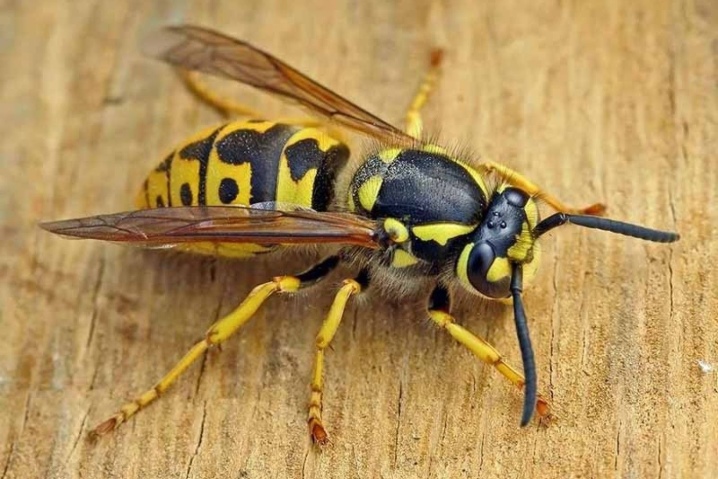
Prevention measures
Unfortunately, there are very few measures that could prevent the spread of moths. The best prevention is early detection and elimination. This is possible in small planting areas. From early spring, all plantations are inspected in order to detect the pest. If the slightest signs of the presence are detected, green spaces are immediately subject to processing in order to eradicate the parasites as early as possible and prevent them from spreading further. Ecologists and biologists are conducting research on the effects of certain types of fungi, chemical and biological agents on the fire. At the stage of experiments, there is an infection that is able to save boxwood forests from a pest.
An active search for funds aimed at exterminating the gluttonous butterfly, as well as planting new seedlings, will help restore, if not all the eaten plants, then at least part. In the spring, volunteers planted more than 300 seedlings, which increased the area of boxwood forests in Russia by 8%. They have taken root, but now they regularly need to be treated with eco-products as a prophylaxis. Due to the difficult situation, boxwood must be included in the list of crops requiring insecticide treatment every 3-4 weeks.
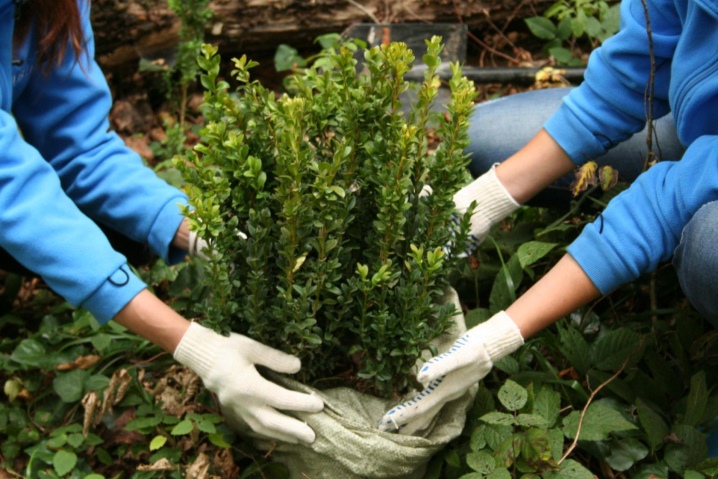
For measures to combat fire flares, see the video.













The comment was sent successfully.